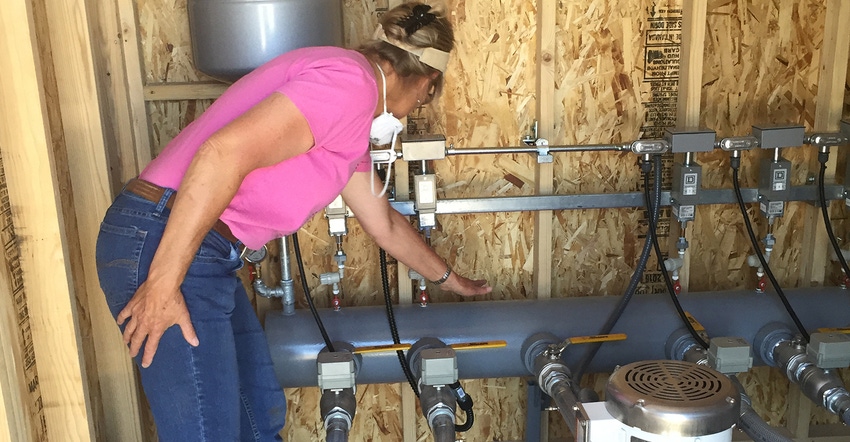September 28, 2018

Statewide incentives and programs to promote renewable energy and efficiency vary widely across the country, and the differences in the Western Farmer-Stockman coverage area are equally extreme. Below are some examples.
Concerning incentives, Oregon, Colorado and Washington are on the upper end in our coverage area, providing 148, 133 and 132 incentives, respectively, according to DSIRE (Database of State Incentives for Renewables & Efficiency). Idaho offers 53 incentives; Montana, 47; Utah, 42; Nevada, 40; and Wyoming, 38. The Cowboy State is one of only a handful of states in the country that offer fewer than 40 incentives. California, meanwhile, has the highest number of incentives nationwide, with 236.
Oregon is the only state in our readership area that received an overall grade of A for “solar-friendliness” in this year’s rankings by Wave Solar, a company that advocates clean energy. Colorado and Nevada received B’s; Washington, Montana and Utah, C’s; Wyoming, a D; and Idaho, an F.
Another company that promotes clean energy, Aurora Solar, reports that Colorado became one of the first states in the nation to designate energy storage as a consumer right in 2018. Under the law, residents are able to install, use and interconnect energy storage systems without what the law says are unnecessary restrictions or discriminatory rates. Two new policies with important implications for clean energy in Utah were also signed into law this year, including one that extends a $1,600 tax credit for residents of Utah who are solar customers.
Interestingly, there are correlations between per-capita energy use and state efficiency policies, according to the American Council for an Energy-Efficient Economy. Wyoming, which ranks second in the country in energy use per resident, has nearly the lowest state energy efficiency policy score in the nation. Oregon, meanwhile, is among the states having the highest energy efficiency policy scores and lowest per-capita energy consumption. More information is available at aceee.org.
Though statewide clean energy incentives vary widely, people including farmers and ranchers can take advantage of several federal programs, including grants from USDA’s Rural Energy for America Program and Environmental Quality Incentives Program, as well as personal tax exemptions and credits.
Resources available to help get started
Many resources are available to help ag producers implement renewable energy on their farms and ranches.
The University of Wyoming Extension published three bulletins to help producers and others make informed decisions when it comes to small hydropower projects.
“Hydropower is a very old, reliable technology, but it has to be economically viable; and these bulletins help to answer important questions,” says the bulletins’ chief author, Milton Geiger, a former UW Extension energy coordinator who is now the alternative energy administrator for an electric cooperative in northern Colorado.
Skylor Wade, a project manager with the engineering consulting firm Wenck Associates in Cheyenne, Wyo., co-authored two of the bulletins. He believes small-scale hydropower and other renewable energy projects have a bright future in Wyoming and other states.
“Education is part of it,” Wade says. “Grassroots movements begin to happen when ranchers and farmers begin asking questions like, ‘Can I use hydropower to run my center-pivot irrigation system?’”
To see the three publications, go to wyoextension.org/publications, and type “hydropower” in the search bar.
Many other resources are available, including those on the Colorado Department of Agriculture’s renewable energy and energy efficiency website.
Producers can also turn to state and federal agencies, as well as nonprofits like the Energy Trust of Oregon, for on-the-ground help.
“For ranchers and farmers, adding a renewable energy component won’t be part of their main business priority, so it’s important to get help from others,” says Jed Jorgensen, senior renewable energy program manager for Energy Trust.
“How do the systems operate? How much are they going to cost? What needs to happen to make an installation successful?” Jorgensen asks. “A lot of it comes down to simplifying the process — and these are among the challenges that we try and help people overcome so they can be successful.”
Waggener writes from Laramie, Wyo.
About the Author(s)
You May Also Like




